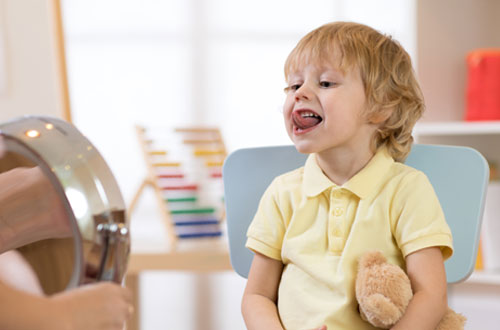Alternative and Augmentative Communication (AAC)
What is Alternative and Augmentative Communication (AAC)?
Alternative and Augmentative Communication or AAC includes all the ways we communicate without talking. It is either used as an alternative to speech or to augment speech. For example, this can be through: facial expressions, pointing, gestures, signing, use of objects, pictures writing or typing, Picture Exchange Communication Systems (PECS), switches or switch activated devices, and speech generating devices.
Every day we all use some form of AAC, whether it be through texting someone, making a facial expression, or pointing to something we want. For some of our clients, their verbal communication may not be enough for them to effectively communicate their wants, needs, and opinions across all communication partners, activities and environments. When this occurs, a speech and language therapist can work with the client and their family to help develop and implement AAC to help them communicate effectively.

Research shows that use of AAC has a large, positive effect on communication. It can help reduce communication breakdowns, tantrums and frustration, it can lead to more effective and enjoyable interactions, and it can help develop language skills. Use of an AAC device will not stop a child from speaking. Children and adults alike will always use the easiest method to get their message across – whether that is by crying, talking, exchanging a picture, reaching for an object or using a speech generating device. Please schedule an assessment and therapy with our speech and language therapists if you think your child would benefit from AAC.